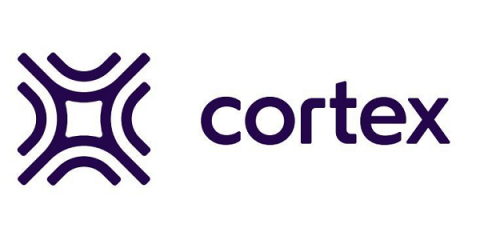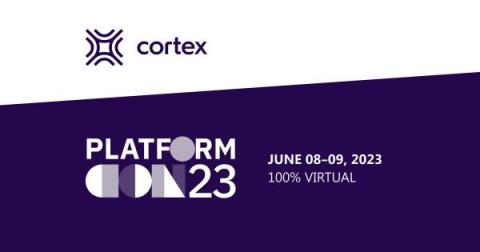Operations | Monitoring | ITSM | DevOps | Cloud
Microservices
10 Essential Distributed Tracing Best Practices for Microservices
If you are a SaaS provider making an application that deals with, say, a health registry or some personal information of the public, you realize how crucial it is to maintain their confidentiality. It is these situations that demand a previous encryption of data followed by a prompt tracing mechanism that finds out the faults right at the moment or prior to its occurrence. And what better way to keep track of your application than tracing?
How Cortex accelerates the process of building your information architecture
Microapps vs Microservices
This article explores the rise of micro apps and microservices, driving faster and lighter software experiences. It discusses monitoring challenges in distributed systems and provides an introduction to monitoring Kubernetes. Learn about the basics, benefits, and differences of micro apps and microservices, along with insights into effective monitoring strategies. Discover MetricFire's monitoring solutions through a free trial.
Got Microservices? You're Probably Paying Too Much for Them
Exploring the Benefits and Trade-Offs of Microservices and Serverless Architectures
Just how in demand is serverless computing, really? Popularized by Amazon in 2014, serverless computing had already clinched the title of the highest-growth public cloud service as early as 2018. With its total market value shooting past the USD 9 billion mark in 2022 and projected to hit a jaw-dropping USD 90 billion by 2032, it’s safe to say this relative newcomer is doing quite alright for itself.











